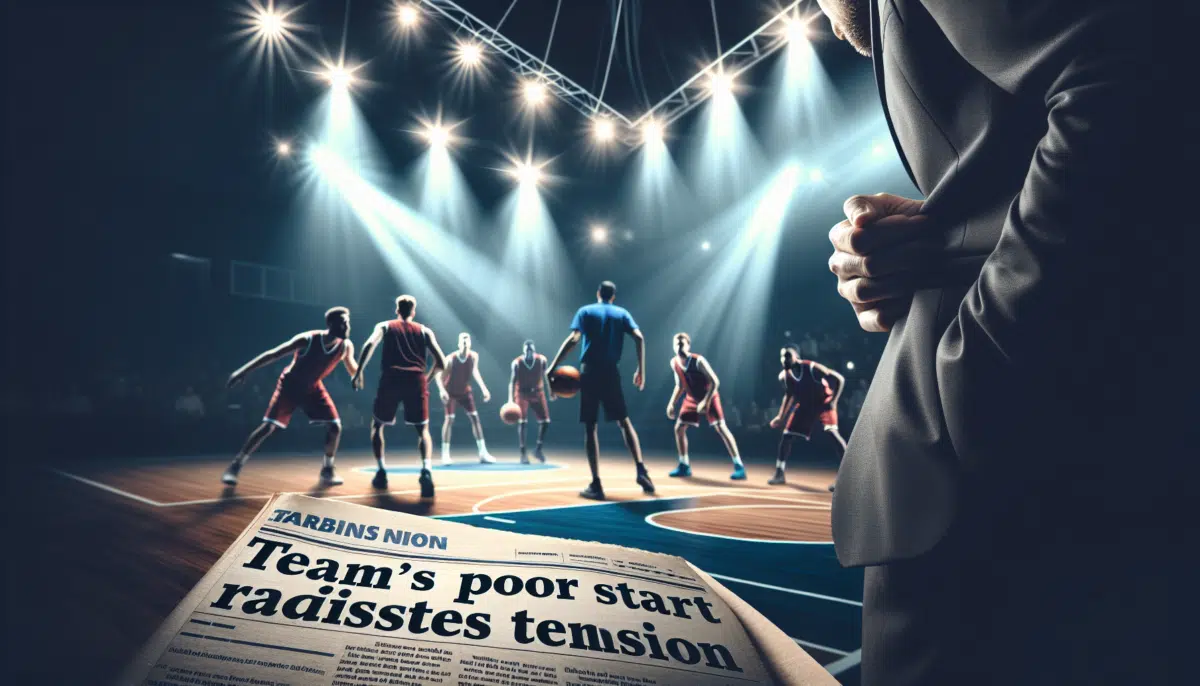Apple quickly unveiled the iPad Air 6, the OLED iPad Pro, the M4 chip, and new iPad accessories in just 40 minutes. These announcements confirmed prior rumors. As someone interested in buying an OLED iPad Pro for personal use, the OLED screen, M4 chip, and sleek design are enticing upgrades. The starting price of $999 for the 11-inch model with 256GB of storage is reasonable. Now, I am eager to see how iPadOS 18 enhances the iPad Pro’s capabilities as a potential laptop substitute.
An intriguing rumor surrounding the OLED iPad Pro that I was hoping for finally materialized. Apple introduced a new glass option for its Pro iPad to minimize glare, known as nano-texture glass. This feature is exclusive to the high-capacity versions of the OLED iPad Pro, specifically the 1TB and 2TB models, which necessitate an additional $100 payment for the nano-texture glass upgrade.
So, what exactly is nano-texture glass? Apple’s description states:
The new nano-texture glass option for iPad Pro is aimed at professional users working in high-end, color-managed workflows or challenging lighting conditions. The glass is etched at a nanometer scale to maintain image quality and contrast while reducing glare by scattering ambient light.
Although I do not work in such specialized conditions, I do appreciate glare-reducing technologies like the TCL NXTPAPER display used in some devices. Similar to nano-texture glass, TCL’s technology significantly reduces glare, particularly enhancing the viewing experience on devices such as the TCL NXTPAPER tablets, especially on larger screens.
While Apple touts its iPad Pro screens as the “world’s most advanced,” featuring breakthrough OLED technology, exceptional brightness, precise contrast, vivid colors, and the nano-texture glass option, known as the Ultra Retina XDR display, offering customers an unparalleled viewing experience.
However, for me, the appeal of the nano-texture upgrade lies in its benefits for my eyes. Constantly staring at screens, glare can be bothersome. To acquire the 11-inch OLED iPad Pro with nano-texture glass, I would need to purchase the 1TB model for $1,599 or the 2TB model for $1,999, along with an additional $100 for the glass upgrade, totaling $1,699 or $2,000.
While I am willing to pay the extra $100 for the base model priced at $999, it seems that the glass upgrade might cost more than a mere $100, factoring in the mandatory storage increase. Opting for the 13-inch model, the nano-texture glass upgrade would result in the prices of $1,999 or $2,399, inclusive of the extra $100.
Notably, the 1TB and 2TB iPad Pro models also come equipped with an enhanced M4 chip, the 10-core CPU variant highlighted during the Apple event. In comparison, the 256GB and 512GB models feature a 9-core M4 variant, still superior to competitors but something to bear in mind.
Considering these points, is the nano-texture glass worth the investment? It could be if the OLED iPad Pro could replace my MacBook, providing additional storage and a slightly superior chip. However, the practicality of this shift awaits the official launch of iPadOS 18.
Conversely, the additional $700 for the 1TB iPad Pro with nano-texture glass could secure the cellular model ($200), the new Magic Keyboard ($299), and the Apple Pencil Pro ($129).






